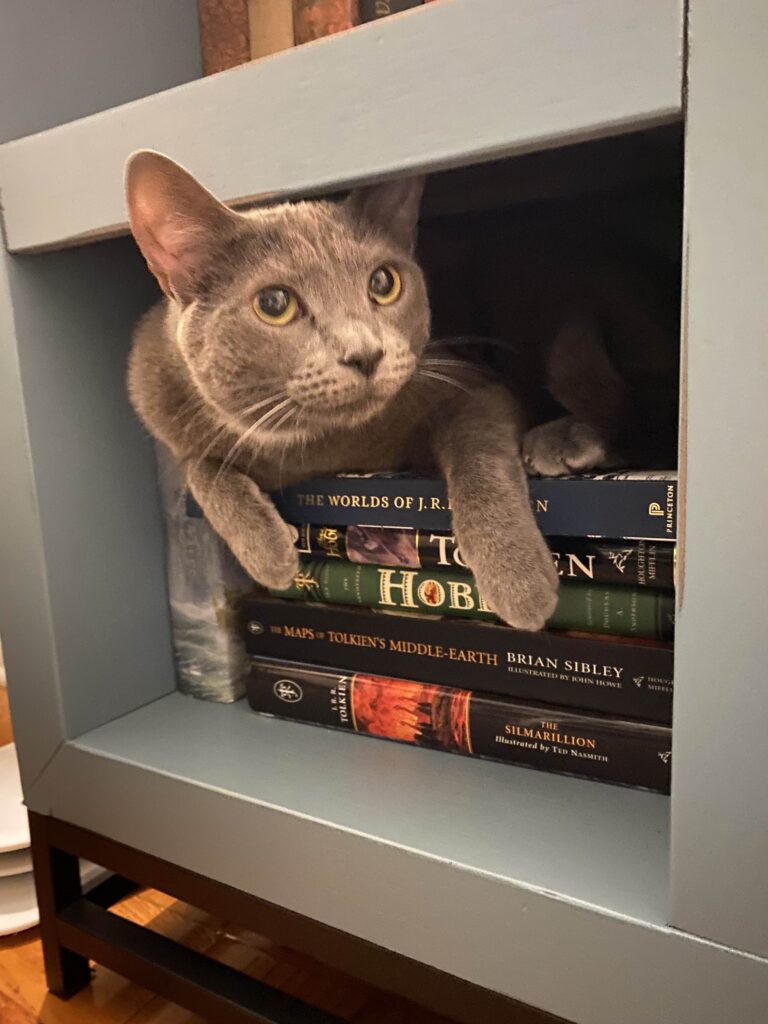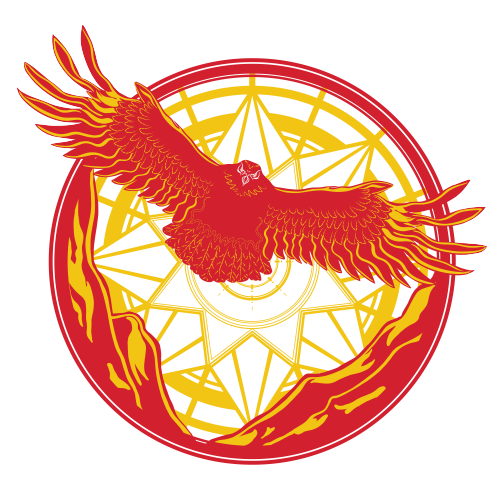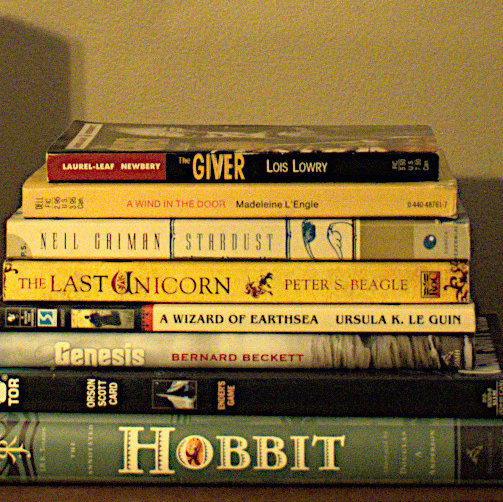By Bronwyn Rivera
The season of reading is in full bloom here at Signum University, and we are thrilled to present you with the second installation of the Shelves of Signum series. From hopepunk and environmental science to quests for freedom and unconventional fairytales, the following book recommendations are offered by our staff members. Some are deep-rooted favorites while others are freshly dug-up gems. So please, come step inside the literary garden. The gate is wide open.
From the shelves of Katherine Sas:
Piranesi by Susanna Clarke:
“Though fairly recent, Susanna Clarke’s Piranesi has shot high up my list of favorite books of all time. Clarke is easily my favorite living author, and she did not disappoint with her long-anticipated follow-up to Jonathan Strange & Mr. Norrell. This is the book that I currently feel most zealous about – I’ve been recommending and gifting it to anyone who will listen. I feared Clarke might end up a “one-hit wonder” of fantasy due to her long struggle with chronic fatigue, so I was thrilled when she announced her second novel and astounded by how she channeled her isolation experience into such a powerful little book. (That it came out during a worldwide period of isolation in 2020 only added to the story’s potency.) While perhaps not as ambitious as JSMN, Piranesi’s mysterious waters run deep, incorporating allusions to Owen Barfield, Doctor Who, and the Chronicles of Narnia and told in the singular voice of one of the most lovable narrators I’ve ever encountered. To paraphrase Piranesi’s description of the beloved House in which he lives: “The Beauty of this Book is immeasurable; its Kindness infinite.””
The Underground Railroad by Colson Whitehead:
“Colson Whitehead’s Pulitzer Prize winner is a must-read for fans of historical fiction and alternative history. This very lightly science fiction tale explores the history of racism in America via one key speculative element: the presence of a literal Underground Railroad which Cora, a young Black woman escaping a Georgia slave plantation, rides on her quest for freedom. Cora’s episodic journey north is a kind of Gulliveresque travelogue through various communities along the Railroad, allowing Whitehead to examine his themes from different angles and nuanced perspectives. Like Clarke, Whitehead creates a unique and memorable main character with a strong voice. He deftly combines the tradition of slave narratives with almost parable-like fables, but his writing is never didactic or simplistic. It’s an emotional and beautiful book, and it includes one of the most devastating character revelations I can remember.”
Rebecca by Daphne Du Maurier:
“I’m sensing a theme: Here’s another story told in first-person narration by a fascinating and complex main character. I only read Du Maurier’s classic a few months ago, but it’s obvious why this book has endured in popularity for almost a hundred years. A paranoia-laden take on the Bluebeard fairy tale, Rebecca has to be one of the most uncomfortable reads for anyone who has ever felt imposter syndrome. The unnamed narrator contests with the intractable memory of Rebecca, the previous Mrs. Maxim de Winter who died tragically in a boating accident on the Cornish coast. Finding herself out of her depth in her new marriage and the massive stately home of Manderley, the narrator must fight her insecurities and the severe head housekeeper Mrs. Danvers to learn the truth of Rebecca’s life and death. It’s the kind of novel that makes you want to only read Gothic novels, and it definitely made me want to read more of Du Maurier.”
From the shelves of Jennie Starstuff:
The Winter King: A Novel of Arthur by Bernard Cornwell:
“When the first signs of spring emerge, this novel beckons me to return to its pages once more. Maybe it’s the presence of the seasonal changes and connection to the land amid all the human drama, but this novel remains an anchor point in my mind as the vernal equinox approaches. Told from the perspective of Derfel, an elderly monk who once fought as a warrior by Arthur’s side, it offers visceral depictions of battle and compelling characters with just the right amount of what-some-might-call-magic. Returning to this novel is like opening a time capsule filled with letters from a treasured friend.”
The New Saints: From Broken Hearts to Spiritual Warriors by Lama Rod Owens:
“Before encountering this book, I wasn’t aware how deeply I needed someone to include the terms “bodhisattva” and “Sailor Moon” in the same sentence. This is the most recent book I’ve explored, and I’m grateful to have stumbled upon it. Through Buddhist teachings and personal experience, Lama Rod shares techniques for finding the courage required to touch reality as it is and the fierceness to “do the work” of freeing oneself and others. I am especially grateful for his framing of compassion as a verb rather than a feeling, something which I will undoubtedly carry with me forever. This is a book I’d recommend to anyone who wishes for a better world, inner and outer, and who also doesn’t mind the occasional Golden Girls reference.”
Hope Matters: Why Changing the Way We Think Is Critical to Solving the Environmental Crisis by Elin Kelsey:
“As a science educator, I’ve interacted with countless young people who have grown up with constant messaging about how our beautiful planet is doomed. As a human being whose body most likely contains microplastics, I have personally struggled to balance currently available evidence with the desire for an optimistic view of the future. Recently I learned of “hopepunk”, a term for stories in which characters embrace the hard, often radical work of fighting for a better future through love and collective action. “Hope Matters” is the perfect evidence-based addition to an environmental hopepunk starter kit, as it inspired me to both seek out and amplify stories of how individual and collective action truly is making a difference.”
From the (to-be-read) shelf of Sharon Hoff:
Phantasmion: A Fairy Tale by Sara Coleridge:
“I have just put a new title on my TBR list that I hope to get to right away. I did some googling and found an intriguing review in an online periodical, Plough. In the article, I suspect drawing much from her memoirs, the author gives an intriguing description of Sara’s upbringing. She was the daughter of Samuel Taylor Coleridge and was surrounded in her youth by influential writers and thinkers of the early 1800’s. The one thing that really intrigues me is the fact that in her childhood, she was “a most fearless child by daylight” but terrified in the dark of night. That is something that resonates with me personally. From the article, “It was a fairy tale, but longer, meandering, overflowing with people and events. Her publisher was uncertain what to do with the three hundred fifty pages and gave it a limited run with no commissioned illustrations. Sara was pragmatic: “to print a Fairy Tale is the very way to be not read, but shoved aside with contempt.” Yet she had done something quite new. What had begun as a series of fairy stories she wrote for her son, Phantasmion: The Prince of Palmland (1837), became the first literary fantasy novel written in English.””


